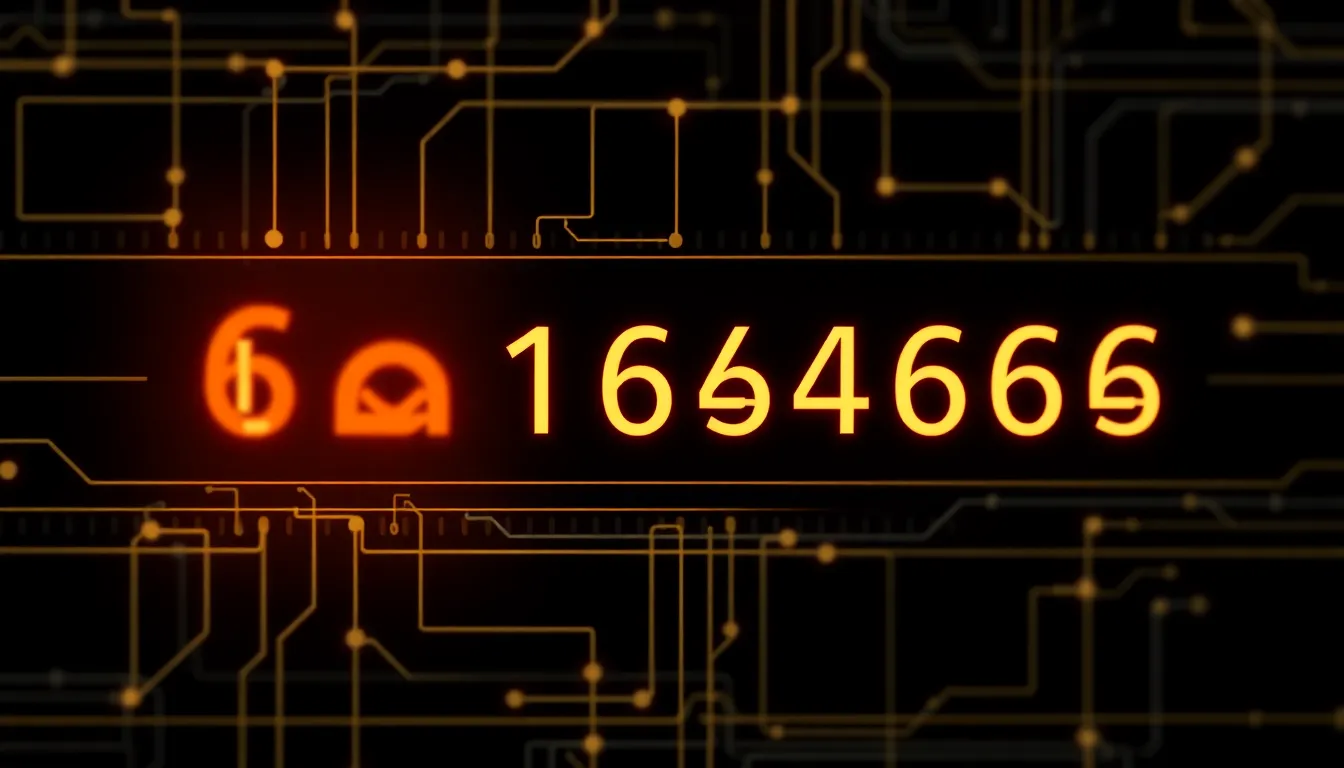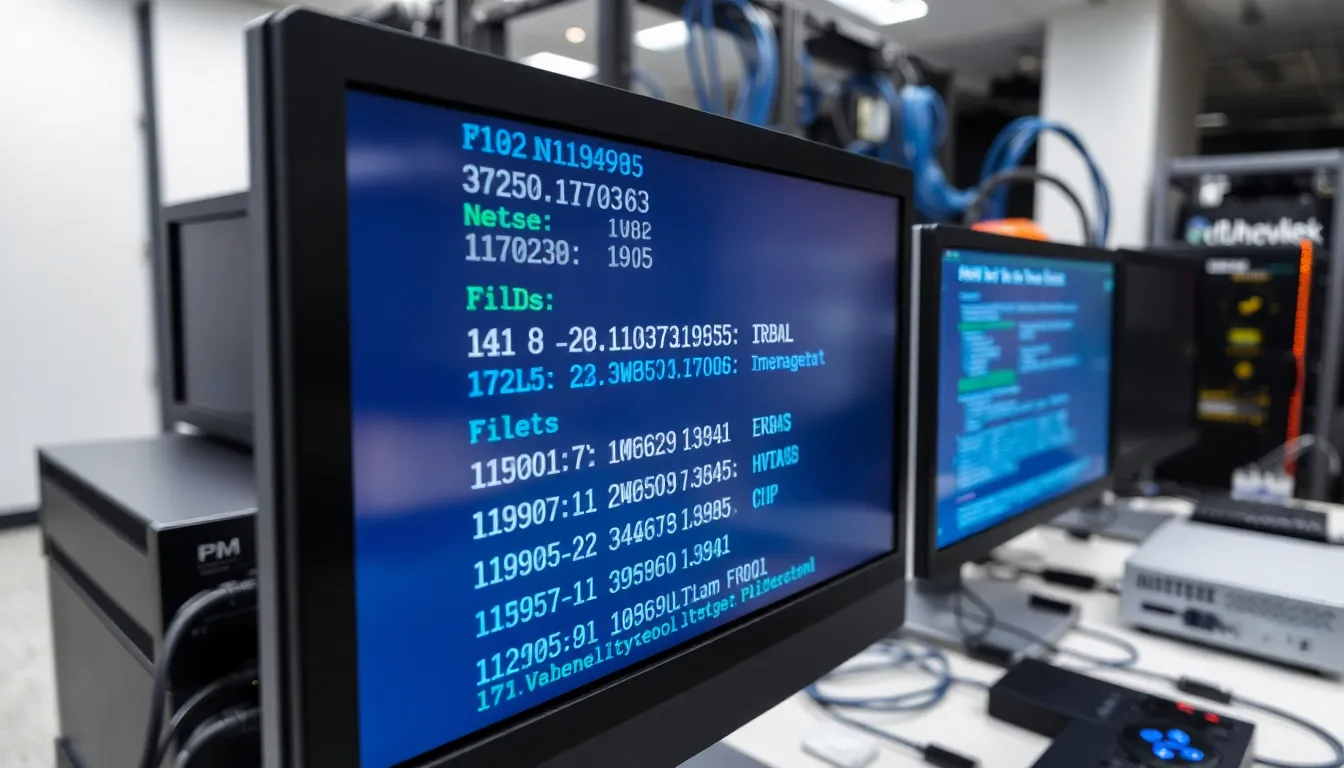Table of Contents
ToggleIn the vast ocean of IP addresses, 185.6e.253.200 stands out like a quirky island in a sea of sameness. This seemingly random string of numbers holds secrets that could unlock a world of digital intrigue. Whether it’s about understanding its role in the internet’s infrastructure or uncovering the mysteries of network security, this address is more than just a series of digits; it’s a gateway to knowledge.
Overview of 185.6e.253.200
185.6e.253.200 serves as a notable example within the range of IP addresses. Understanding this address offers valuable insights into internet connectivity and security.
Definition and Background
This address falls within the category of IPv4, a widely used format for identifying devices on networks. IPv4 consists of four decimal numbers separated by periods, each ranging from 0 to 255. The address 185.6e.253.200 contains an unusual segment, specifically the ‘e’ in ‘6e’, which requires scrutiny, as it diverges from conventional numerical formats. Typically, valid IP addresses consist solely of digits, indicating a need for clear identification and verification.
Importance of Understanding IP Addresses
Comprehending IP addresses enhances knowledge of internet operations and security measures. Each address plays a crucial role in routing data packets across networks, helping devices communicate effectively. Recognizing specific addresses aids in monitoring network activity and identifying potential security threats. Analyzing addresses like 185.6e.253.200 further deepens insights into patterns and connectivity issues, fostering a more secure online environment. Understanding these elements ultimately contributes to optimized network management and functionality.
Technical Specifications of 185.6e.253.200

Understanding the technical specifications of 185.6e.253.200 reveals its distinct characteristics and applications. This address includes a unique format that deviates from typical numerical standards.
Address Format and Structure
185.6e.253.200 is categorized as an IPv4 address. Conventional IPv4 addresses consist of four octets, each ranging from 0 to 255. The segment ‘6e’ introduces an unusual alphabetic character, which creates ambiguity. This discrepancy can lead to confusion in digital communications. Accurate identification of the address format is essential for proper routing and data handling. Knowledge of this unique structure helps network administrators troubleshoot connectivity issues effectively.
Usage in Networking
Networking utilizes the IP address 185.6e.253.200 for diverse functions. This address plays a role in routing data packets across the internet, connecting devices. Network security systems leverage such addresses to monitor and manage traffic. Identifying devices and endpoints becomes simpler with specific IP addresses. Understanding its usage aids in detecting unauthorized access and potential threats. Both connectivity and security benefit from thorough knowledge of addresses like 185.6e.253.200.
Potential Issues and Concerns
Exploring the IP address 185.6e.253.200 uncovers various issues that warrant attention.
Security Risks Associated with 185.6e.253.200
Security risks related to the address include potential exposure to cyber threats. Unauthorized access attempts may target devices connected through this IP address. Additionally, because ‘6e’ incorporates a letter, systems might misinterpret routing instructions, leading to vulnerabilities. Traditional security measures may overlook such addresses, increasing the risk of attacks. Monitoring traffic linked to 185.6e.253.200 becomes essential for early identification of anomalies, ensuring that network integrity remains intact.
Common Misconfigurations
Misconfigurations frequently arise with 185.6e.253.200 due to the unusual character in its structure. Network administrators may struggle to properly assign or route this address, causing connectivity issues. Common errors include failing to update firewall rules or improperly categorizing the address in network documentation. Each oversight can lead to unintended exposure or blockages, complicating network management. Ensuring accurate configurations aids in resolving these challenges, promoting smoother operations across the network.
Understanding the intricacies of IP addresses like 185.6e.253.200 is vital for navigating the complexities of the internet. Its unique format presents both challenges and opportunities for network management and security.
By recognizing the potential risks associated with this address, network administrators can better safeguard their systems against cyber threats. Proper configuration and monitoring are key to ensuring connectivity and maintaining network integrity.
As the digital landscape continues to evolve, the importance of analyzing such addresses will only grow. Embracing this knowledge can lead to optimized network performance and enhanced security measures.








